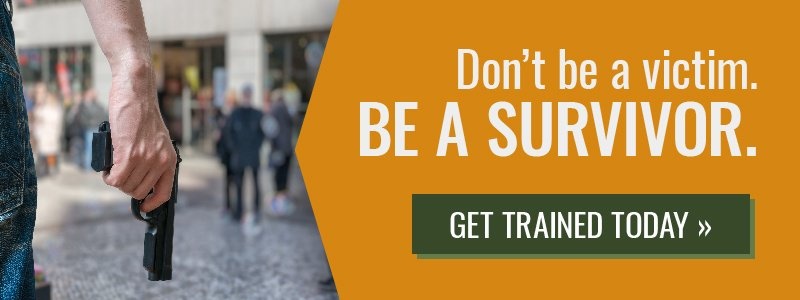Adding video cameras, a new access control system, and the 15-minute active shooter training video will surely be the best approach to building a comprehensive security program. We had an all-hands meeting complete with doughnuts and coffee!! All bases have been covered. Implementing this initiative will keep us clear of any liability issues in the event of an active attack taking place. Everyone will know what to do. Right????
Unfortunately, the example above is a typical approach for many organizations when tasked with building their safety and security posture. Many readers of this blog might even say, "Well, at least they are making an attempt.” I do not disagree with you. Something IS better than nothing. However, at what point do we stop and apply the same effort and resources to the prevention of active attacks that we have on fire prevention? Public buildings such as a school cannot open without making sure the fire code has been met. Is fire prevention important? Of course, it is. The point I am making is that we have developed a layered approach and standard for fire prevention, but it seems we cannot get our arms around the same disciplined approach to active attacks. The last fire in a school K-12 that resulted in multiple deaths was in 1958 at Our Lady of Angels School. As recent as March 27, 2023, was the last mass shooting at a school. It is time we make a change.
So where do we start? Picture your approach to safety and security as an onion. The center of the onion is your assets. The people or items that you are tasked with protecting. Each layer that is implemented will make it harder for a person to commit a violent attack on your facility.
The layers of your “ONION” could look like this:
- Layer 1 – Situationally Aware Staff Members – Similar to the Threat Assessment Team, your employees will also be able to focus on potential problems. Train your staff to be aware and prepared to react.
- Layer 2 – Threat Assessment Team – Seeing the risk or threat prior to a violent event occurring is a critical piece of the puzzle to prevent an attack. Regular training will make this team your frontline.
- Layer 3 – Active Attack Response Training – The probability of an attack occurring is slim but the impact if it does is massive. Employers MUST provide training that gives employees and students the options that empower them to be survivors and NOT victims. Active shooter training that is no more than checking a box is not acceptable.
- Layer 4 – Video Systems – Train to this technology so it is used as a preventive measure and not a forensic tool in the aftermath of a shooting.
- Layer 5 – Access Control Systems – Locked doors are a simple and effective way to keep employees safe. Train to this protocol and make sure there is accountability for those that neglect to follow the protocol in place. Propping doors can expose those inside to an unnecessary risk of someone with violent intentions entering.
- Layer 6 – Panic Button to 911 – Build this technology into your crisis response plan. Make sure everyone is trained and knows how to use and react to the system.
- Layer 7 – Security Guard – This is a great layer in the “onion”. Keep in mind that the security guard cannot always be in all places. Successfully building an effective security posture depends on each layer working seamlessly with one another.
This simple 5-layer approach is an example of how we all should be addressing our safety and security posture. OSHA’s General Duty Clause states that employers have a legal obligation to provide a workplace free of conditions or activities that are hazardous and could cause harm or death to employees. How is your school or company going to tackle the task of building and implementing a multi-layer approach? Schedule a consultation with our team. Let Proactive Response Group help you peel back the onion.
.png?width=499&height=133&name=Logo-menu%20(1).png)



